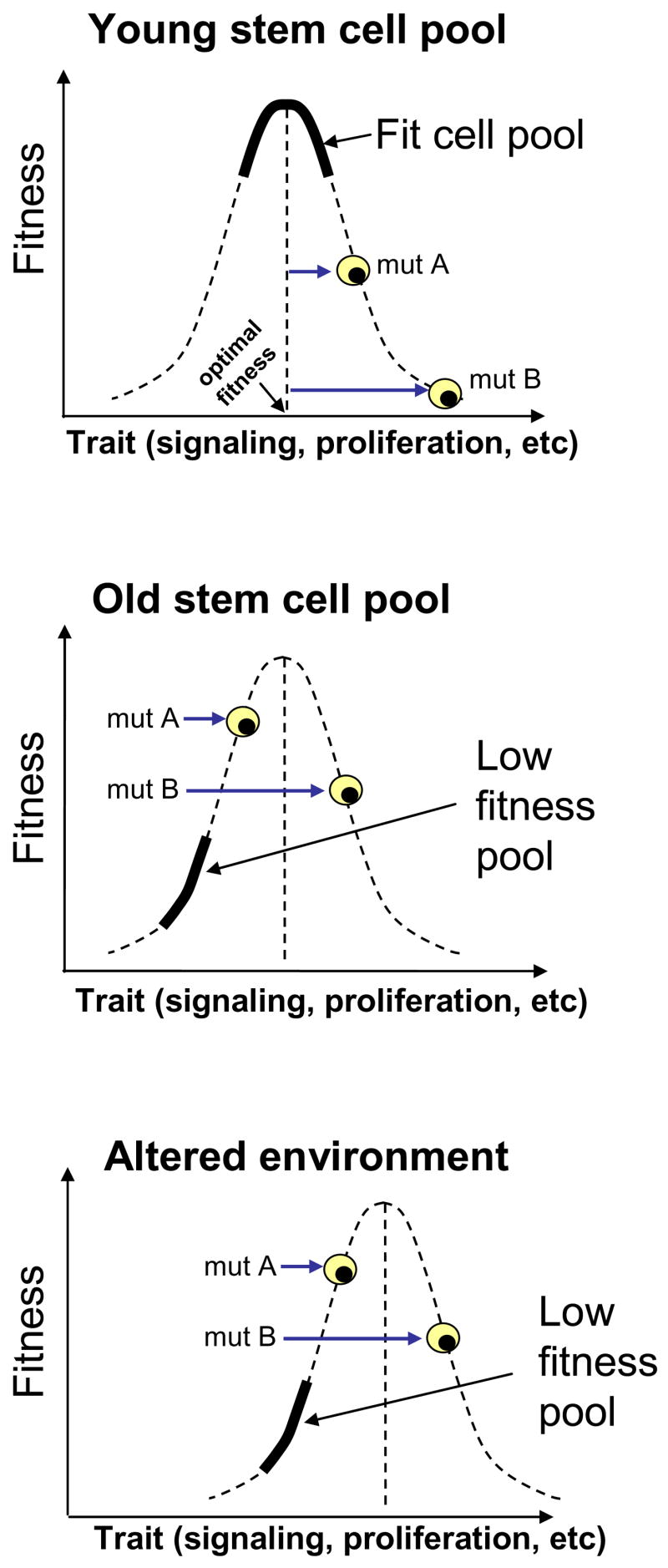Figure 2. Stabilizing selection prevents oncogenesis in a fit stem cell pool, but can select for adaptive oncogenic mutations in a poorly fit pool.

Top: A young, fit progenitor cell pool (solid curve) should possess traits that confer close to the optimal fitness for cellular maintenance in that pool. The dashed curve describes the relationship between trait and fitness. Oncogenic and non-oncogenic mutations that change the trait (mutations A and B) will tend to move the cell away from the optimum towards lower fitness. Middle: In contrast, the same oncogenic mutations in a low fitness pool may become adaptive, such as by promotion of signaling in a signaling deficient background. The low fitness pool is represented by a solid curve. In this example, the average trait value is reduced, and fitness is now limited by the trait level. In this low fitness pool, oncogenic mutations that increase the intensity of the trait become adaptive, leading to net improvement in fitness relative to the population average. Bottom: Likewise, following degradation of the stem cell environment (without necessarily directly damaging the stem cells), the relationship between trait and fitness is altered (dashed curve shifted right), and now the wild-type stem cell phenotype no longer confers optimal fitness, causing certain oncogenic mutations to become adaptive.
